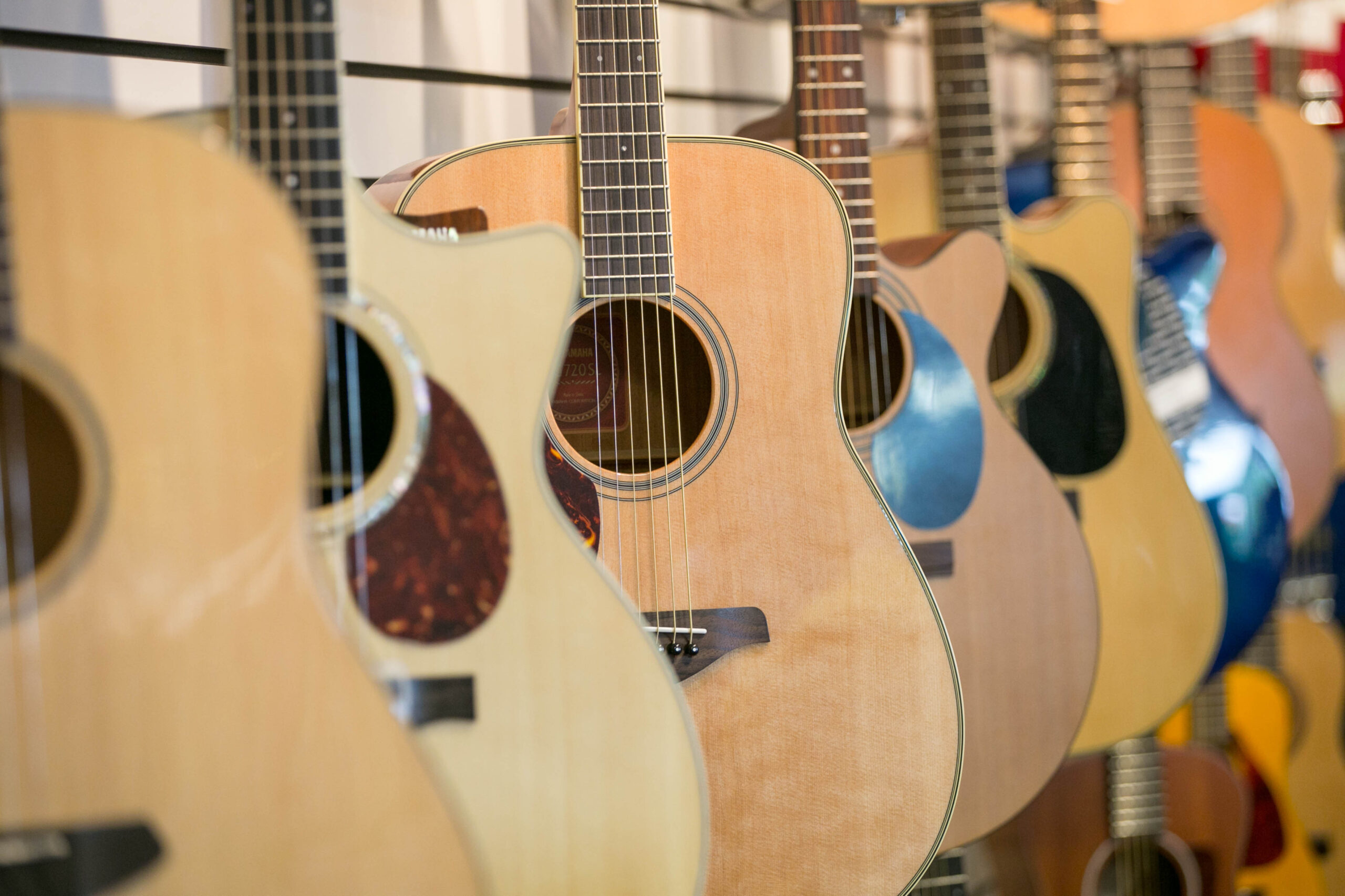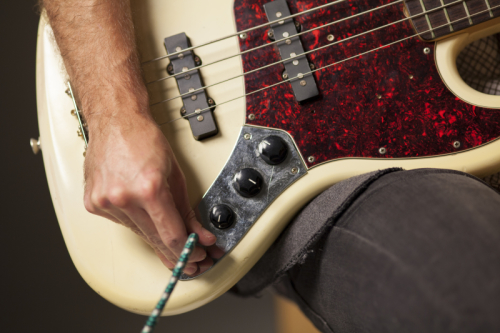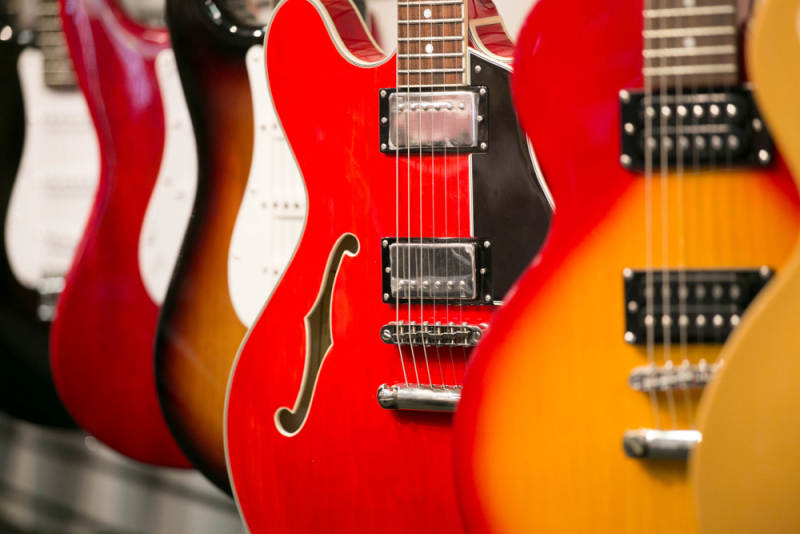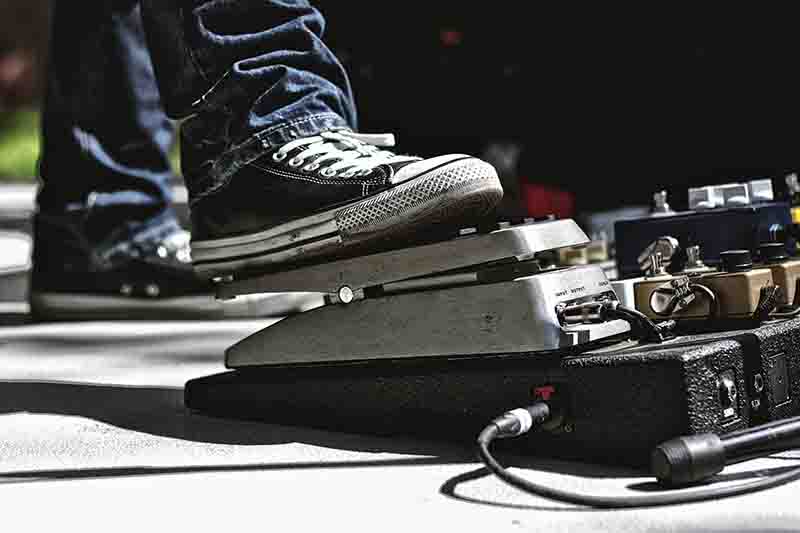April 09, 2015
An Introduction to Guitar Pedals
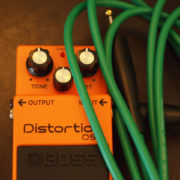

Every guitarist loves pedals, and most have at least a handful in their collection. When you’re first venturing into distortion and other pedal effects, it can be difficult to know exactly where to begin. At the end of the day, most guitar pedals look alike–so what makes them so different? While distortion and overdrive have are the effects beginners jump to initially, there are a few alternatives that can help beginners get started. From boost to tremolo, these guitar pedals can help you feed your creativity.
Boost
To put it simply, boost pedals are among the most useful type of pedal a guitarist can have, and is usually among the first type of pedals guitarists add to their collection. As you may have guessed, the boost pedal boosts the signal that goes into it, making a low output guitar sound louder. Boost pedals can also be used to bring out more character or a different quality to your amp. Before purchasing a boost pedal, make sure you know what exactly it’s boosting. Some boost pedals bring out the treble, while others focus more on bringing out the mids. Some boosts are transparent, while others can change the color of your tone completely. Ask questions and make sure you know exactly what you’re buying.
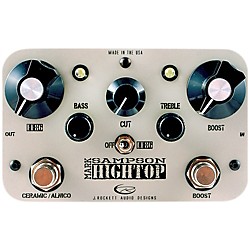

Vibrato
Vibrato is one of the oldest guitar effects, and it actually changes the pitch of the signal at a contrasting rate. For those unfamiliar with vibrato, it’s the rapid variation of pitch that’s used to produce a stronger or richer tone, and it sounds a lot like a repetitive “back and forth” between two notes. Jimi Hendrix was a huge fan of vibrato, and favored the Uni Vibe guitar pedal. With an easy-to-use three-knob interface, you can change the severity of the effect. Although vibrato is similar in nature to tremolo, vibrato is more fluid and produces a less choppy sound. Most guitarists find that the slightly detuned modulation emphasizes bends and makes chords more interesting to the listener.
Octave
As you probably guessed, the octave pedal raises or lowers your pitch by an octave. This pedal will make your guitar sound huge, and you’ll notice the impact almost right away. When shopping for an octave pedal, look for a pedal with a “mix” knob. With a mix knob, you can change the direction of riff of the entire song without losing the original tone completely. Again, this type of effect pedal was used extensively by Jimi Hendrix, and he often used it in combination with a fuzz tone. If you’re looking for an easy way to change the pitch of your guitar, the octave pedal is a good place to start.
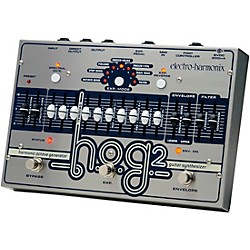

Delay
Although delay is essentially an echo, it can be used for so much more. The two most important knobs on a delay pedal are time and repeats. Time will increase the amount of time between repeats, while repeats will change how many echoes are heard. It can be tempting for beginners to go heavy on the delay pedal, but in most instances less is more. When used gently, the delay pedal can mimic rockabilly sounds, and everyone from The Edge to the guys in Pink Floyd are heavy users of the delay pedal. In the heyday of rock music, delay pedals were analog, but most modern-day delay pedals are digital.
Fuzz
Used extensively in the 60s to create an over the top distortion sound, fuzz pedals aren’t actually supposed to sound like an amp at all. Instead, fuzz pedals are intended to add transistor-like effects to your sound. In most cases, fuzz pedals can completely distort the sound of your amp, so proceed with caution and purchase a fuzz pedal only after doing extensive research. If you’re brand new to guitar pedals, try out some of the others on this list before venturing into heavy fuzz.
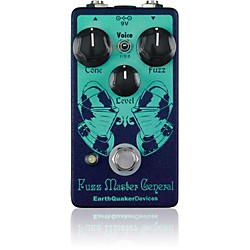

Tremolo
Similar to vibrato, tremolo is an old-school way to spice up the sound of your guitar. Tremolo lowers the amplitude of your signal at a regular rate, and is one of the first effects that was built into early amps. When set on “low”, the tremolo effect can add a pleasant motion to your tone, while tremolo on “high” adds chops or stutters to your songs or riffs. An important thing to consider when purchasing a tremolo guitar is the number of waveforms. If your needs are relatively simple, find a pedal with a few basic waveforms, and save the full-featured pedals with more waveforms for later in your guitar career.
Compressor
A difficult effect to explain, a compressor acts like a bumper on your signal’s amplitude. The compressor pedal prevents the volume from spiking too loud, while also preventing the volume from decaying too quickly. Country and funk guitarists rely heavily on compression pedals, as they help them achieve a crispness while playing. The only disadvantage to compression pedals is that they can add noise to the signal, which is why high-end compression boxes have a built-in noise gate feature.
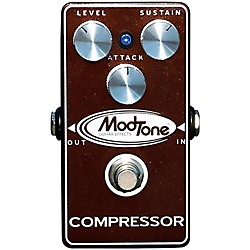

Reverb
Reverb is so fundamental to playing the electric guitar that most amps already have the reverb effect built in. Reverb adds a natural sounding depth to your sound, and is used extensively when recording electric guitars. Casual music listeners are so used to hearing an electric guitar with reverb that an electric guitar’s sound seems off without it. The best thing about reverb is that you can use as little or as much as you’d like. Lower levels of reverb create a more natural sound, while heavy reverb can add a cave-like sound to your depth.
Buy Guitar Pedals at Music & Arts
At Music & Arts, we’re dedicated to bringing you one of the largest offerings of marching band and orchestral instruments, products, and accessories in the world. As a one-stop shop for students, parents, and educators, you’ll find guitar pedals from some of the top manufacturers. Remember, when selecting a pedal you should take the desired sound and your budget into consideration. If your child is a student, a great place to start is by speaking with their guitar teacher for more information.
photo via evil_mel, CC




